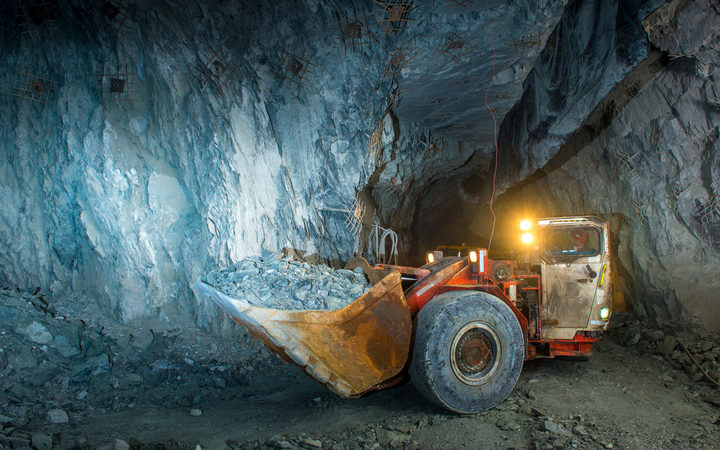By Magyar Nemzet
Although the United States poured hundreds of millions of dollars into developing the Afghan mining industry, it got almost nothing in return. One of the poorest countries in the world could earn a lot of money with its natural resources, which could now benefit the Taliban leadership.
In the last few weeks the world’s attention has been focused on Afghanistan and with it the international discourse on its natural resources. This huge mineral wealth has now fallen into the lap of the Taliban. US military and geology experts estimated in 2010 that one of the poorest countries in the world had stocks of copper, iron, lithium, cobalt and rare earths worth a thousand billion dollars (310 billion forints).
Missing out on a prosperous future
So far, almost nothing has been done to utilize these reserves, although competition for raw materials between manufacturers in the technology sector began years ago. The surge in demand has also driven the value of inventories, which the Afghan government estimated to be three times their previous value in 2017.
Lithium, the main raw material for batteries, is not uncommon, but few countries have large supplies – Chile, China and Bolivia are the largest – and Afghanistan could catch up.
That would have been good business, as the demand for lithium is currently growing at 20% a year, and some estimates suggest that by the end of the decade, the world will have to produce four times the current amount of lithium.
If the country gets on that bandwagon, Afghanistan could become the Saudi Arabia of lithium.
Diversification possible
It is also worth mentioning copper, which is even more important for the energy transition and electrification. Around thirty million tons are hidden in the Afghan regions. The importance of copper is illustrated by the fact that wind turbines and the associated infrastructure require 2.5 to 6.4 tons of copper per megawatt, compared to 5.5 tons for solar cells. And while the demand for copper continues to grow, the supply is becoming increasingly scarce due to conflicts over mines and the high costs of developing new deposits. In order to increase production by at least 4.7 million tons by 2030, the industry would have to invest around 100 billion dollars. Otherwise, production could decrease by that same amount.
Afghanistan could also produce a million tons of rare earths, as demand has doubled to 125,000 tons per year over the past fifteen years. There are also two billion barrels of oil and significant amounts of natural gas under Afghan territory.
And although the West already sees – or foresees – the end of the oil age, there is little doubt that the Taliban leadership is more interested in the exploitation of the still important resource than in climate protection and international trends.
The question is whether the new leadership has the material and intellectual resources to achieve this.
A moral and business dilemma
The United States has spent nearly half a billion dollars (155 billion forints) regulating the mining industry in Afghanistan. The investments have not paid off, however, not least because the Afghan government has been reluctant to make serious commitments – precisely because the region is plagued by conflict. The key to the development of any basic industries is relative political stability, and it is the determination of the Taliban leadership that could bring that stability to the country, if not in ideal form. This could pose a serious dilemma for resource-hungry states and companies, few of whom would like to advertise that their purchases are supporting an armed Islamist group.
But given the business awareness that is currently associated with the mining of raw materials – which allows child labor, slavery and unbridled environmental destruction – it may not be entirely unthinkable that the Taliban leadership will ultimately succeed in exploiting Afghanistan’s natural resources.
Source: Magyar Nemzet
